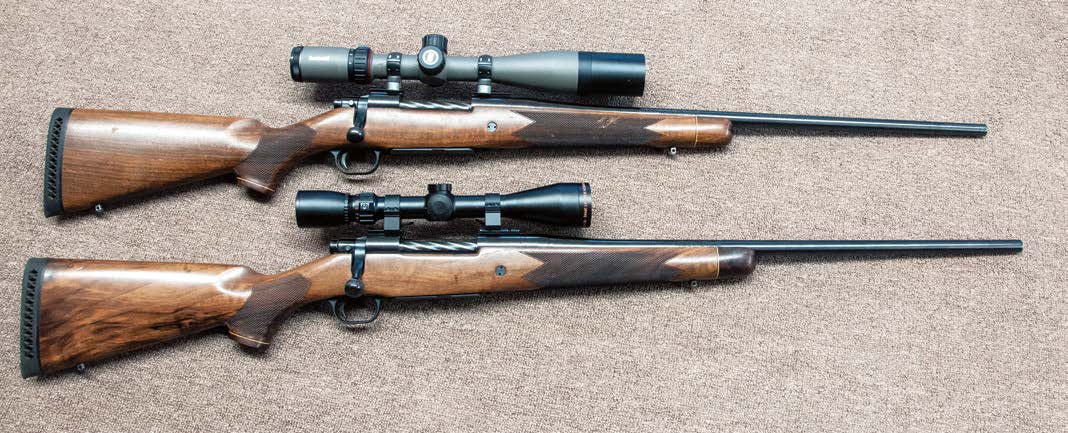
Years ago, there was a small amount of ugly chatter and insults tossed about on the internet from cyber trolls who, for whatever strange reason, decided my choice in toting a new Mossberg 4x4, bolt-action .300 Winchester Magnum to the Alaska Range in 2008 was counterintuitive for hunting Dall’s sheep. I just laughed it off, and still do when thinking about that hunt and when catching a glimpse of the sheep mount in my home office/reloading room. I can agree that the rifle, with its somewhat futuristic stock, was not very traditional, but it shot well. Plus, with today’s standards, especially modular stocks, it would not be far out of line.
Born in Sweden, Oscar Fredrick (O.F.) Mossberg showed up on U.S. soil in the mid-1880s. After working with and for other firearms companies, he struck out on his own and founded O.F. Mossberg & Sons in New Haven, Connecticut, in the summer of 1919. The company is now 102 years old, which in itself is remarkable as roughly less than one percent of companies of any kind survive to be that old.
According to Mossberg literature, the first gun the new company produced was the BROWNIE pistol, which sold for $5.00 at the time and was chambered for the .22 Short and .22 Long. Today, these sell for up to $400 or so, depending on condition and how badly some collector wants one. The “pocket pistol” was discontinued circa 1932. Bolt rifles and shotguns eventually became the company’s mainstay products, and Mossberg continues to thrive.
This story is from the {{IssueName}} edition of {{MagazineName}}.
Start your 7-day Magzter GOLD free trial to access thousands of curated premium stories, and 9,000+ magazines and newspapers.
Already a subscriber ? Sign In
This story is from the {{IssueName}} edition of {{MagazineName}}.
Start your 7-day Magzter GOLD free trial to access thousands of curated premium stories, and 9,000+ magazines and newspapers.
Already a subscriber? Sign In
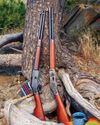
CIMARRON .32-20 Short Rifle & Carbine
In the heyday of Winchester Repeating Arms Company lever guns, it offered muskets, standard rifles, short rifles and saddle ring carbines.
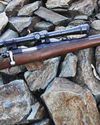
Remington's Model 722 and .222 Cartridge
It's easy enough to define what a varmint is, those pesky critters that tear up pastures, flower beds and all kinds of expensive crops people need for various reasons - most importantly, to make a living and/or something with which to feed themselves.

Coyote Bullets
What is Best for You?
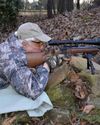
Remington's 5mm Rimfire Magnum
Shooting a Classic
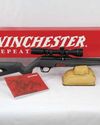
Winchester's New Wildcat
The Ultralight Rimfire Varmint Rifle

.223 Remington from .30-30 Winchester?
Multitasking for Varmints

LOADS FOR A .22 TCM
The .22 TCM first appeared commercially in 2012, chambered in a Rock Island Armory 1911-style handgun.
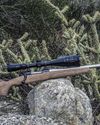
Everybody Loves Velocity
The 4,500-fps WSSM Project

A BOLT-ACTION FRANCHI 224 VALKYRIE
Testing New Loads
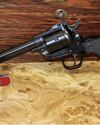
.22 Winchester Magnum Rimfire
Shooting Revolvers